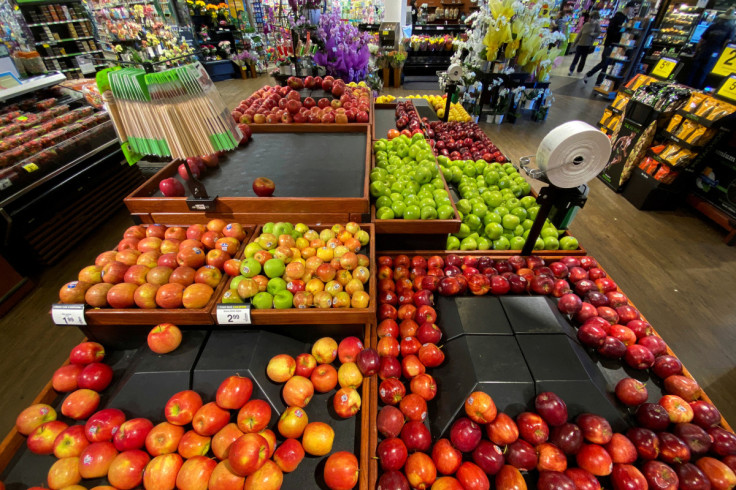Climate Change Could Make Food Inflation A Permanent Problem
Climate change could turn food inflation, a critical driver behind the recent resurgence of overall inflation, from temporary to permanent.
Once upon a time, Messinia, Greece's Southwest province, was a significant producer of olive oil and dried figs exported to world markets.
Nowadays, Messinia continues to produce olive oil and figs, but production has suffered steadily year after year thanks to rising temperatures, which makes it harder to grow these products.
That's certainly bad news for the producers of these products, as they see their incomes decline. At the same time, it's terrible news for consumers, as they must pay higher prices for these items.
Climate change doesn't affect just fig and olive oil production. It extends to the production of almost every product, which is sensitive to chronic changes in weather conditions.
"Climate change is here, and unfortunately, here to stay," said Assaf Dotan, CEO of Grace Breeding, an agrotech company creating biological fertilizers. "The change of an average of 1-2 degrees bears on the world, rains or lack of rains, changes in air humidity, and levels of CO2 - already have and will continue to increase food inflation. In some areas, it becomes difficult for farmers to grow similar yields under climate change, and in others, nothing will be able to grow anymore. That means the same farming areas will yield less food while the world population continues growing."
Kunal Sawhney, CEO of Kalkine Group, an Australian-based wealth management company, believes that climate change will continue to cut crop yields in the long term, causing upward volatility in food prices.
"The climate is perhaps the most important reason food prices increase," Sawhney told IBT in an email.
"Most of the time, global food prices increase due to drought brought about by climate change. In 2022, there were other factors that contributed to food inflation. Ukraine-Russian stand-off leading to high energy and fertilizer prices being one of them, but climate events could be the main reason that will lead to higher prices in the future."
The turning of food inflation from a temporary to a permanent problem is bad news for consumers worldwide, especially for the consumers of less developed countries, who spend proportionally more on food than the consumers of more developed countries.
Soaring food inflation could bring some developing countries to the "boiling point," descending into chaos and rioting. It happened during the global food crisis of 2008-9 and 2010-11 in Tunisia, Syria, and Egypt, which are highly dependent on food imports.
Is there a solution to the problem? Climate change is a global problem, and therefore, it requires a global solution within international agencies like the U.S, which held its climate change conference this week.
But there are other micro-level solutions that can ease the shortfall in food production, parallel to the UN's initiatives.
Dotan believes the solution is to adopt farming technologies that help decrease or reduce the causes of climate change.
"One of the steps we can take is adopting products that replace Synthetic urea (Nitrogen 46%) with biological-based products that keep similar yields," he said.
Sawhney thinks the solution is investments in companies working to combat climate change, especially those in the vegan meat sector. They "might have a comparatively costlier product line but are bringing some positive change to the ongoing and looming threat of climate change."

© Copyright IBTimes 2024. All rights reserved.





















